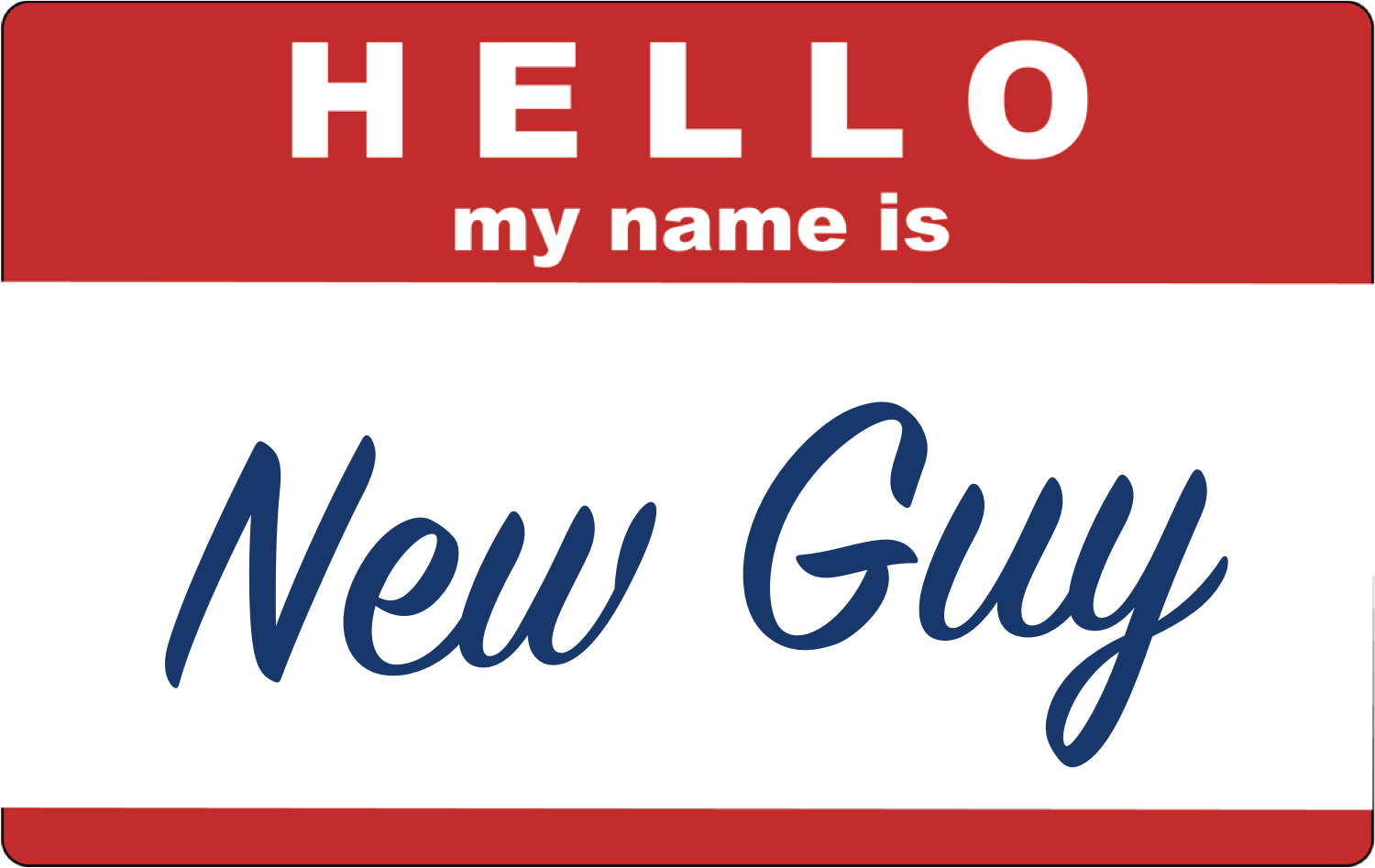First impressions in the workplace really matter — and not just to the employer.
New employees can begin to formulate impressions about organizations from the get-go, influencing their decision to stay with the company in the long term. Poor onboarding experiences can lead to unnecessary and preventable turnover, the cost of which can be as much as twice the employee’s annual salary.
It’s difficult to measure whether your onboarding efforts are succeeding, however. At Microsoft, where we hire thousands of people every year, we lacked a good way to measure the perceptions of our onboarding experience, aside from trying to draw conclusions from attrition numbers.
In an effort to better understand what we thought of as “early attrition,” we turned to an obvious opportunity that had been overlooked. We started to simply ask employees about their experiences. We created a survey and reached out after their first week and then again after 90 days to learn about new hires’ experiences and first impressions of Microsoft.
From the survey, we learned that the little things matter most to new hires — like having a working computer and immediate access to the building, email, and the intranet on day one. Based on this, we pulled individuals together from payroll, IT, immigration, legal, global security, learning, procurement, recruiting, and HR to land on a common goal: Make sure new employees are productive on day one. Every member of the team contributed to the shared goal, and as a result all the organizational barriers were broken down. Now we review progress monthly, learning and sharing ideas and feedback to guarantee the success of all new employees.
Delving deeper, we wanted to understand how their early behaviors impact the engagement of approximately 3,000 new hires. By partnering with Microsoft’s Workplace Analytics division, we matched anonymous calendar and email metadata with (equally anonymous) engagement data. Statements we used to gauge engagement included “I feel proud to work for Microsoft” and “I expect to work for Microsoft for __ years.”
We learned that it’s critical for a new employee to have a one-on-one meeting with their manager during their first week. Those who did saw early growth in three key areas.
First, they tended to have a 12% larger internal network and double network centrality (the influence that people in an employee’s network have) within 90 days. This is important because employees who grow their internal network feel that they belong and may stay at the company longer. For example, employees who engage internally intend to stay at a rate that’s 8% higher on our intent-to-stay measure. They also report a stronger sense of belonging on their team while maintaining their authentic self.
Second, they had higher-quality meetings. Higher-quality meetings have fewer declines, fewer layers of management in attendance, fewer attendees who send emails during the meetings, and fewer attendees in total, and they tend to be shorter, too (one hour or less).
Third, they spent nearly three times as much time collaborating with their team as those who did not have a one-on-one. This early team collaboration is important: Employees who spend more time collaborating have higher favorability about belonging on team than those who don’t, and they tend to report having higher-quality meetings.
These and other insights are helping us shine a spotlight on the employee experience and guide us on where to adjust to make a new hire’s experience even better. And this is just the beginning at Microsoft. We are now experimenting with other ways to improve the onboarding experience, with a focus on the new employees’ network — particularly when the manager works in a different location.
But at the end of the day, it all comes down to this: Don’t underestimate the power of having a one-on-one during a person’s first week. That sounds obvious, but it could be the most important connection for the new employee to make.
For more see HBR




